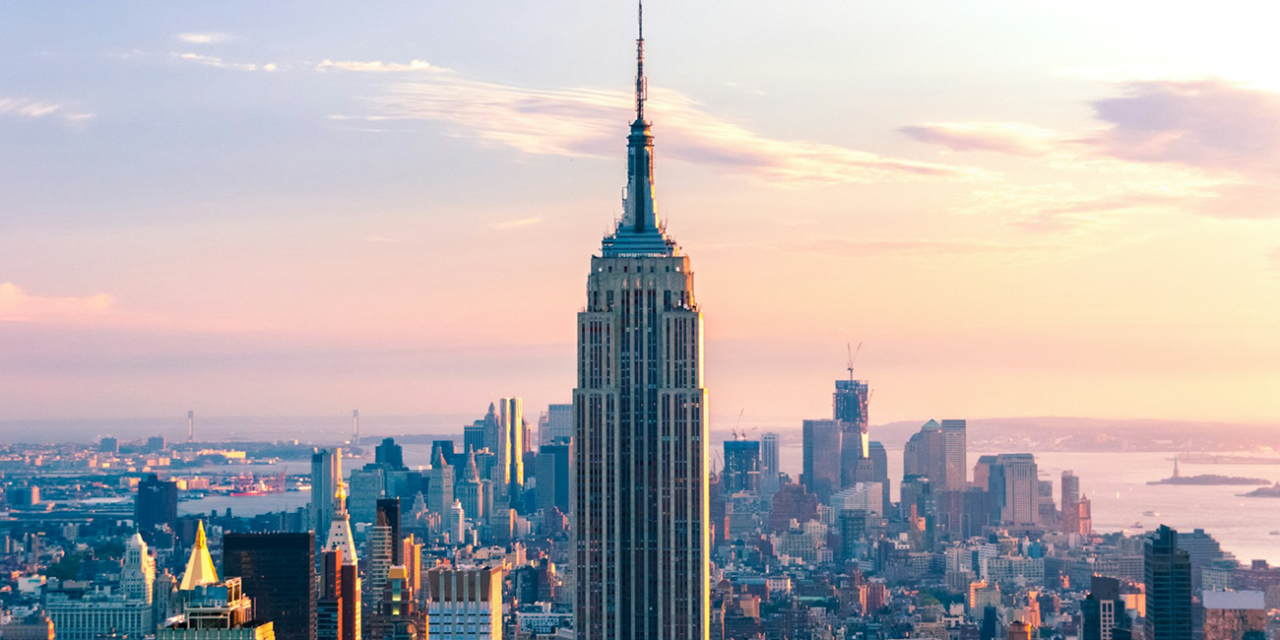The Empire State Building stands as an iconic symbol of New York City in Midtown Manhattan, representing the city’s architectural innovation and cultural significance.
Its history is rich with stories of ambition, engineering marvels, and cultural impact.
Table of Contents
Early Concept and Planning
The Vision
In the late 1920s, as part of the race to build the very tallest building anywhere in the world, John J. Raskob, a prominent financier and former vice president of General Motors, and former New York Governor Al Smith spearheaded the project.
They envisioned a building that would surpass the recently completed Chrysler Building and the Eiffel Tower, making it the tallest structure globally.
The Architects
The architectural firm of Shreve, Lamb & Harmon was commissioned to design the Empire State Building.
Their Art Deco design was stylish and functional, allowing for rapid construction.
Construction Phase
Speed and Efficiency
The construction of the Empire State Building was a feat of speed and efficiency.
Starting on March 17, 1930, the building was completed in just over a year, with its grand opening on May 1, 1931. This rapid construction was achieved through innovative techniques and the coordinated efforts of thousands of workers.
Labor Force
At the peak of its construction, over 3,400 workers were involved daily, including immigrants from Europe and Mohawk ironworkers from Canada, renowned for their ability to work at great heights.
Architectural and Engineering Marvel
Design Features
The Empire State Building, including its antenna, stood at 1,454 feet (443.2 meters), the tallest building in the world for a long while until the North Tower of the World Trade Center was completed in 1970.
It has 102 floors and was designed with a series of setbacks that culminate in a distinctive tower, a hallmark of the Art Deco style.
Structural Innovations
The building’s frame consists of a steel skeleton, a revolutionary design choice at the time that allowed for greater height and structural integrity.
The exterior is covered in Indiana limestone and granite, with aluminum and stainless steel accents.
Cultural Impact and Legacy
Iconic Status
Since its completion, the Empire State Building has become an integral part of New York City’s skyline and an enduring symbol of the city’s spirit.
It has appeared in numerous films, most notably in King Kong (1933), where the building serves as the climactic setting for the film’s iconic finale.
Tourist Attraction
The building’s observation decks on the 86th and 102nd floors have attracted millions of visitors, offering breathtaking views of New York City and beyond.
The building itself has become a cultural landmark, celebrated in songs, books, and various forms of media.
Lighting Tradition
One of the building’s most beloved features is its tower lights, which are changed to recognize various occasions, holidays, and events. This tradition began in 1976 and has become a way for the city to celebrate and mourn collectively.
Modernization and Sustainability
Renovations
Over the years and decades, the Empire State Building has experienced several renovations to modernize its facilities while preserving its historic charm. Recent upgrades have focused on sustainability, aiming to reduce the building’s environmental impact.
Sustainability Efforts
A major sustainability initiative launched in 2009 aimed to reduce the building’s energy consumption by 38% over five years.
This retrofit project included window replacements, insulation upgrades, and the installation of energy-efficient systems, setting a new standard for retrofitting historic buildings.
The Empire State Building Today
Continued Relevance
Today, the Empire State Building remains a vibrant part of New York City, serving as a premier office space and a major tourist attraction. It is a testament to the city’s enduring spirit and ability to innovate and inspire.
A Symbol of Hope and Resilience
Throughout its history, the Empire State Building has symbolized hope and resilience. From surviving the Great Depression to standing tall after the September 11 attacks, it embodies the perseverance and determination of New York City and its people.
Reflecting on the Empire State Building’s Legacy
The Empire State Building’s history is more than just a tale of architectural achievement; it is a narrative of human ambition, ingenuity, and the desire to reach for the skies.
As it continues to inspire and captivate people from around the world, the Empire State Building remains a beacon of what is possible when vision and effort come together.
For those interested in exploring this iconic structure, visiting the Empire State Building’s official website and taking a tour of its observation decks can provide a deeper appreciation of its place in New York City’s history and the broader context of architectural innovation.





